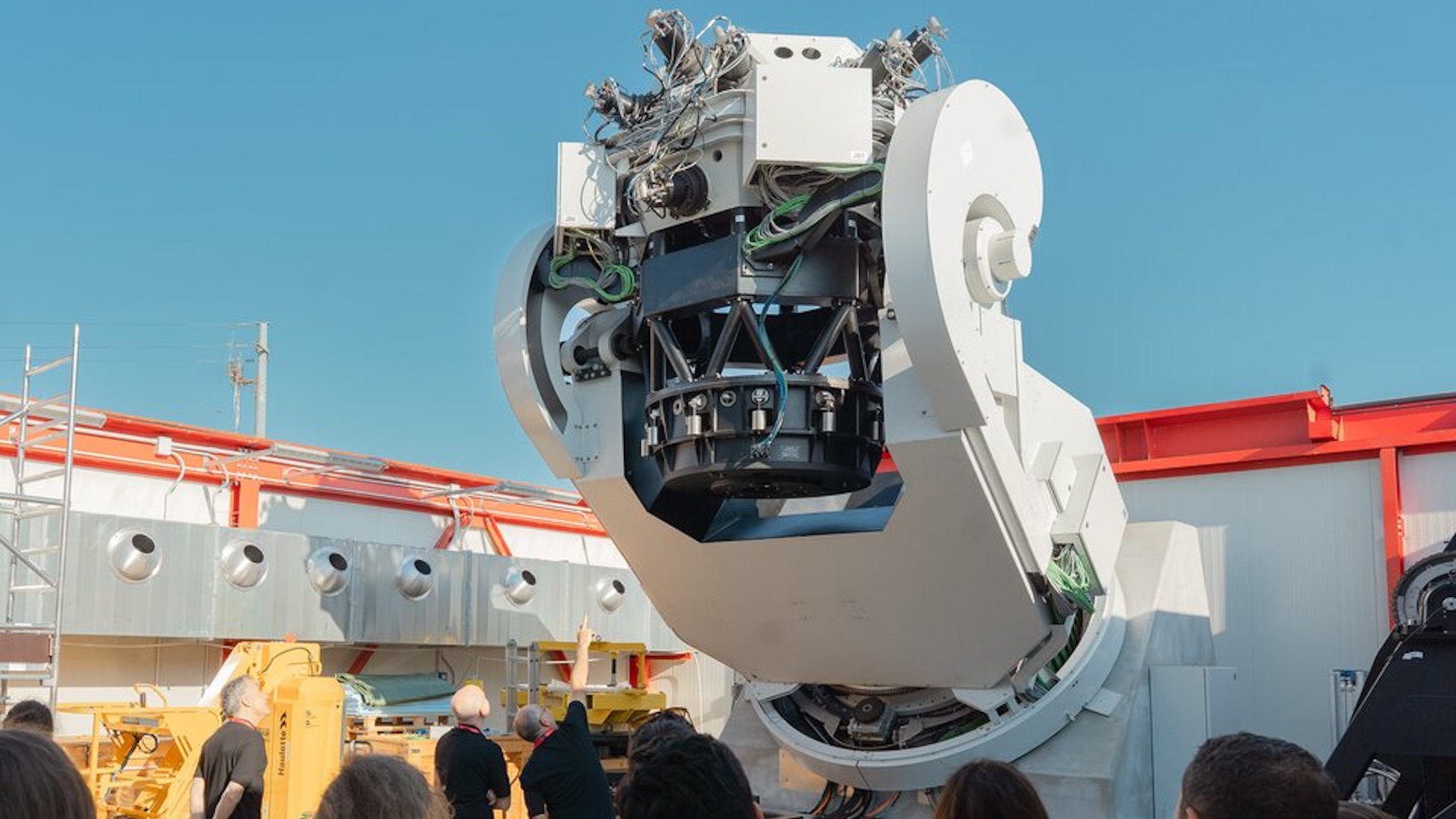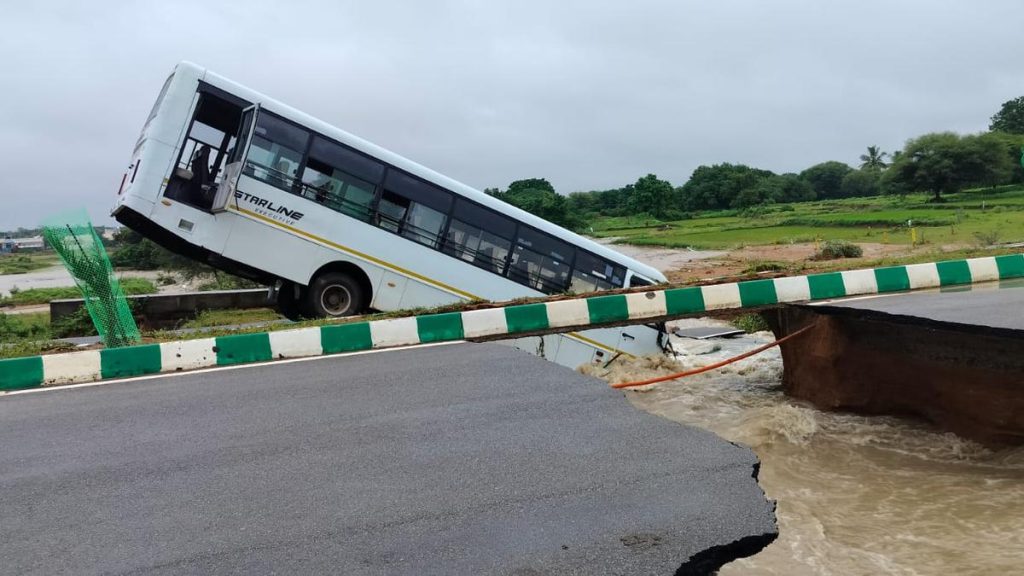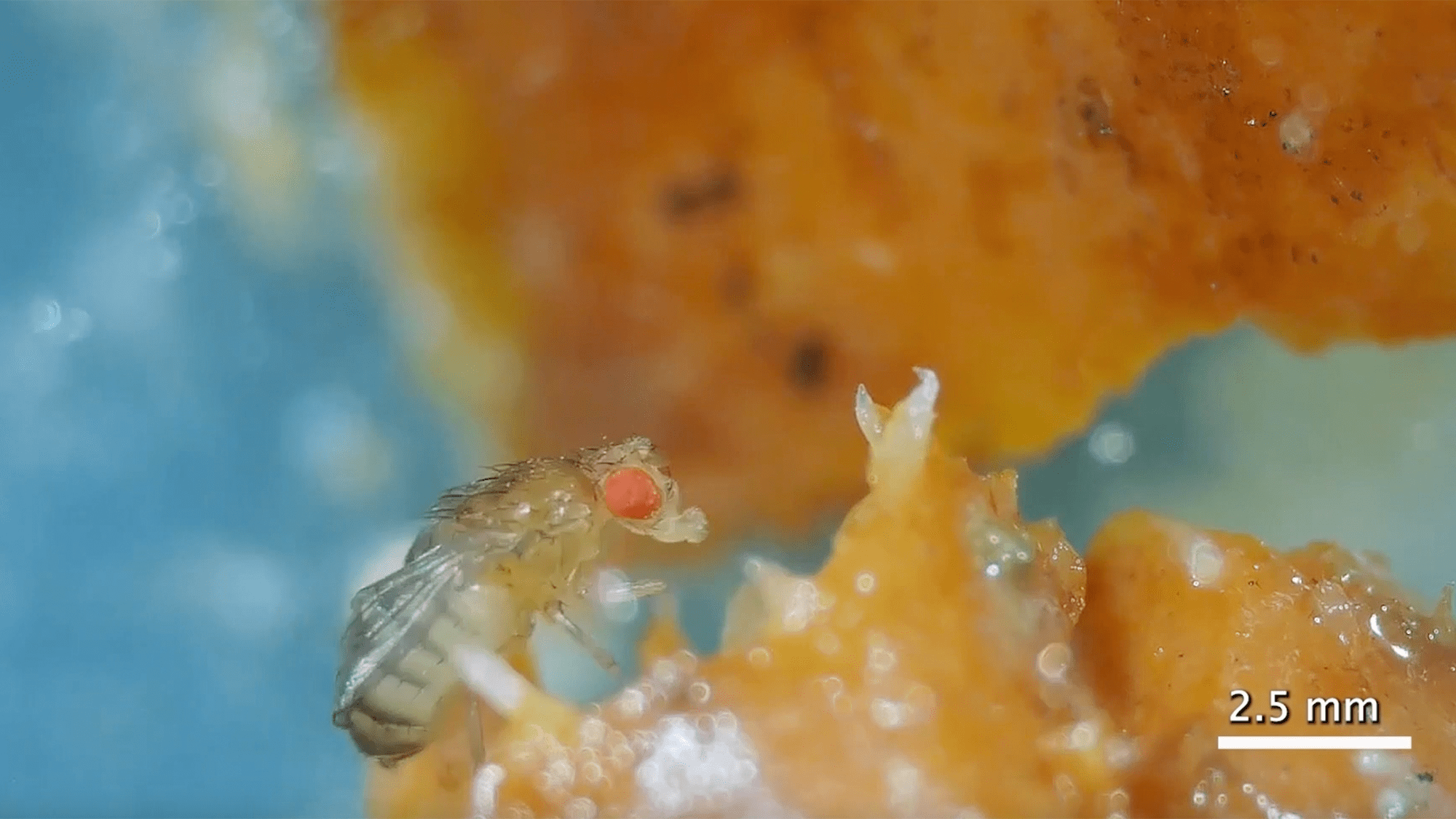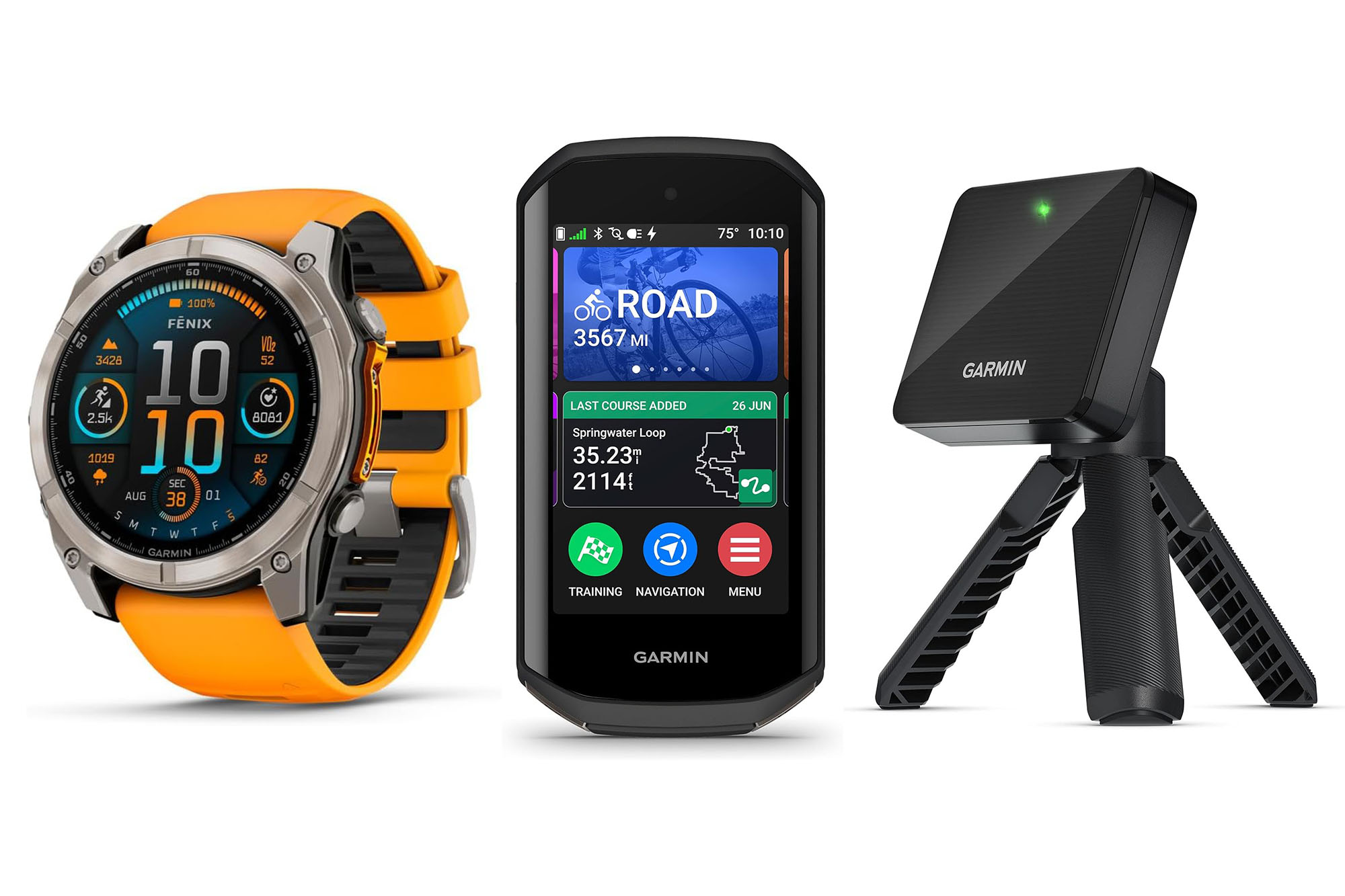Now Reading: Powerful Telescope Set to Detect Potentially Dangerous Asteroids
-
01
Powerful Telescope Set to Detect Potentially Dangerous Asteroids
Powerful Telescope Set to Detect Potentially Dangerous Asteroids

Rapid Summary
- The European Space Agency (ESA) has announced the prosperous “first light” test of its Flyeye-1 telescope at the Italian Space Agency’s Space Geodesy Center near Naples, Italy.
- Designed to detect adn monitor hazardous asteroids, Flyeye mimics an insect’s compound eye for wide-field observation, using a 3.3-foot-wide primary mirror divided into 16 channels with their own secondary lenses and detectors.
- The telescope will work alongside other systems like NASA’s ATLAS and the forthcoming Vera Rubin Telescope to provide continuous automated surveys of space every night.
- During testing, Flyeye observed multiple known asteroids, including one discovered only two days prior (2025 KQ), demonstrating its rapid follow-up capability.
- Once operational on Monte Mulfara in Sicily later this year, it will be part of a global network with three similar installations expected by 2028.
- Verified observations of potential threats will be reviewed by ESA’s Near-Earth Object Coordination Center (NEOCC) before forwarding data to the Minor Planet Center for possible international action.
Indian Opinion Analysis
The deployment of advanced asteroid monitoring technologies like ESA’s Flyeye is vital in enhancing global readiness against celestial hazards. With India actively involved in advancing its space capabilities through ISRO and participating in international collaborations, this growth highlights opportunities for India to engage further in planetary defense initiatives. India’s collaboration with such cutting-edge systems may facilitate early-warning mechanisms within its geographic jurisdiction while contributing valuable data to global efforts.
Moreover, as nations work collectively on monitoring cosmic threats, India’s growing expertise-manifested through missions such as Chandrayaan and upcoming Gaganyaan-puts it in a strategic position to share both technical knowledge and observational resources worldwide.Collaborations around these technologies emphasize the importance of shared responsibility for planetary safety over competitive ambitions among space-faring nations.























